
Clermontia montis-loa is a Hawaiian plant that has lost its native pollinator. Photo by Clare Aslan.
As most native Hawaiian birds have gone extinct, “widowed” flowering plants are missing their lifelong partners – the birds that pollinate them. The loss of these partnerships threatens to drive some Hawaiian plant species to extinction, as many of these plants are not found anywhere else in the world.
Biologist Clare Aslan investigated whether a non-native bird could fill a few empty roles while Aslan was a postdoctoral researcher at UC Santa Cruz.
Aslan looked to the Japanese white-eye, a bird whose name hints to the fact that it’s far from home. In 1929, people brought the small green flyer to Hawaii from East Asia to control insects, according to a 1933 paper by botanist Edward Caum. Now, it’s the most common bird in Hawaii, said Aslan: “We’re far beyond any chance of getting rid of it.”
But Aslan wondered if the bird might actually be doing some good.
Most scientists had long thought the white-eye was a freeloader, stealing nectar from flowers but not doing the work of spreading the flower’s pollen to different plants, said Aslan. Her research soon told her otherwise.
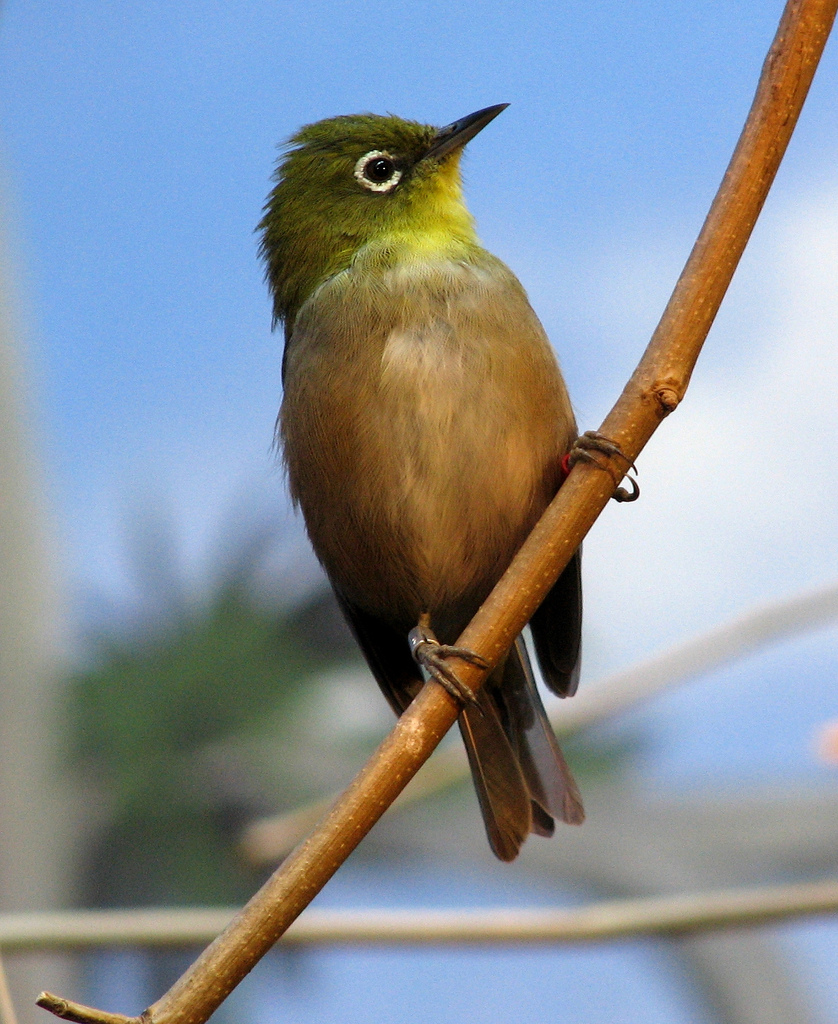
The Japanese white-eye is now the most common bird in Hawaii, said biologist Clare Aslan. Photo by Trisha Shears [CC-BY-SA-2.0 (http://creativecommons.org/licenses/by-sa/2.0)], via Wikimedia Commons
These shrubby plants are freckled with flowers that look a little like sea anemone; a short tube-like base on each flower explodes with long, thin, purple petals at the top. And the white-eye was just the right fit to slurp up their nectars and move around their pollen.
But the white-eye isn’t the only animal that can become a new partner for widowed species.
Aslan led a team of UC Santa Cruz researchers that recently analyzed 40 studies of flowering plants that were pollinated or whose seeds were scattered by non-native vertebrates – like birds, mammals, and reptiles.
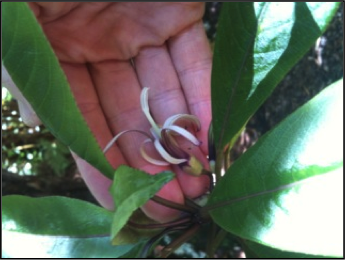
Clermontia parviflora lost its native bird partner but is now being pollinated by the Japanese white-eye, said Aslan. Photo by Clare Aslan.
For a range of plants, the team found non-native animals could serve as understudy pollinators when the natives disappeared.
However, Aslan argued that these replacement pollinators are a far cry from the original. The research team found that although non-natives could help pick up the slack, they weren’t as good at the job as natives.
Despite the opportunity for new pollinators to help, there are some Hawaiian plant species that remain widowed.
For instance, the plant Clermontia hawaiiensis is still without a partner since the extinction of the Hawaiian honeycreeper. The honeycreeper had a curved beak – much longer than that of the now-common white-eye – that allowed it to probe deep into the flowers of C. hawaiiensis, whose nectar is hidden at the bottom of a very long tube. The honeycreeper and flower fit like a lock and key.
Reaching C. hawaiiensis nectar is an impossible feat for the short-beaked Japanese white-eye.
“We don’t know of anything that is pollinating C. hawaiiensis now,” said Aslan. Without the help of birds to move pollen between different plants, Aslan thinks that each plant is using its own pollen to produce seeds. This type of inbreeding worries Aslan, especially in the face of a warming climate: “Inbred populations will have little genetic variability with which to adapt to such changes.”
Without a bird that’s big enough to pollinate C. hawaiiensis, the fate of this plant is uncertain, said Aslan.
“The kind of natural question is: should we bring in a pollinator?” asked Aslan, referring to the idea of bringing in a bird from afar to pollinate plants that remain without mates. “But the sentiment against that is enormous.”
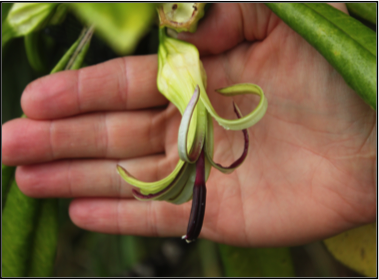
With the extinction of many native birds Clermontia hawaiiensis is still without a pollinator to fill the role. Photo by Clare Aslan.
People in Hawaii have seen how introduced species can destroy ecosystems. After all, it was the arrival of a non-native mosquito carrying malaria that played a large role in decimating the native bird population.
Despite the useful pollination done by the Japanese white-eye, its story may not be entirely positive.
The incredible number of white-eyes that now inhabit Hawaii may be gobbling up all the food, according to research by biologist Leonard Freed of the University of Hawaii. The few native birds that still exist might not be able to compete.
“White-eyes definitely need to be controlled,” said Freed in an email.
Freed’s work has shown in a few areas where the number of white-eyes have increased, some native bird populations have shrunk dramatically.
It’s not yet clear if white-eyes actually drive down native bird populations by leaving little food behind. There may be other reasons why native birds continue to vanish.
“There are no places on the main islands where native birds are not declining,” said Freed, who thinks that relying on white-eyes is a risk that native birds can’t afford to take.
But whether the white-eye is doing more harm than good remains an open question for scientists.
From a widowed plant’s perspective, a non-native pollinator is better than none at all, but for the ecosystem as a whole, even Aslan argues, nothing beats the real deal.


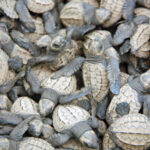
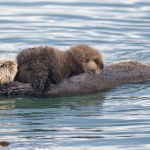
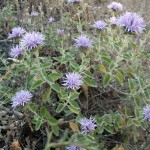
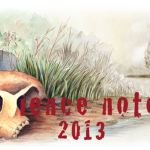

Comments are closed.